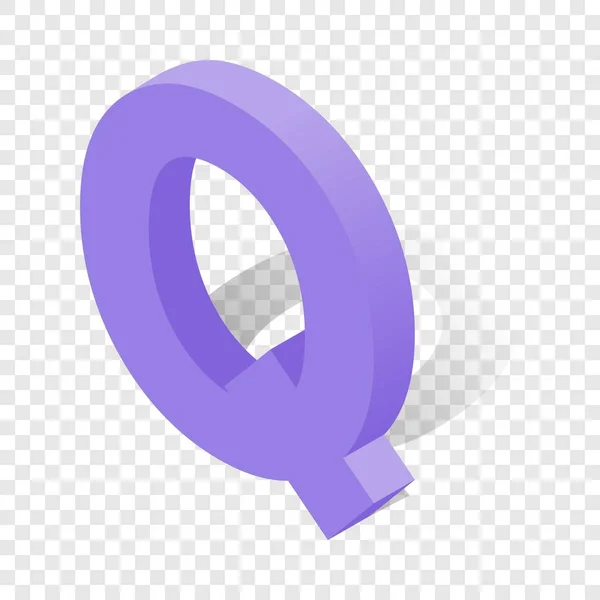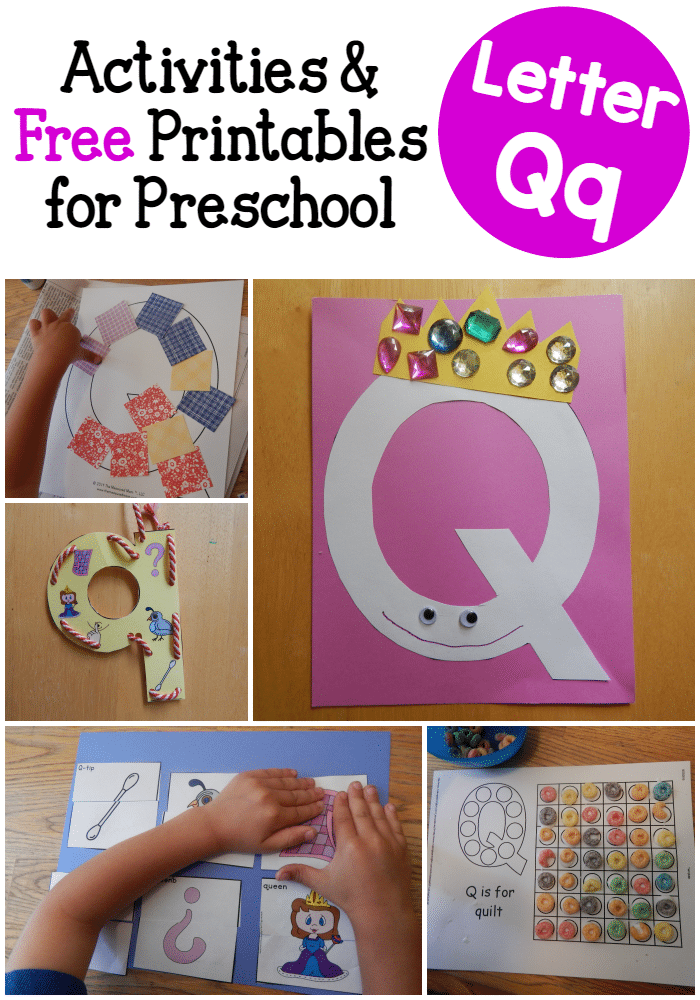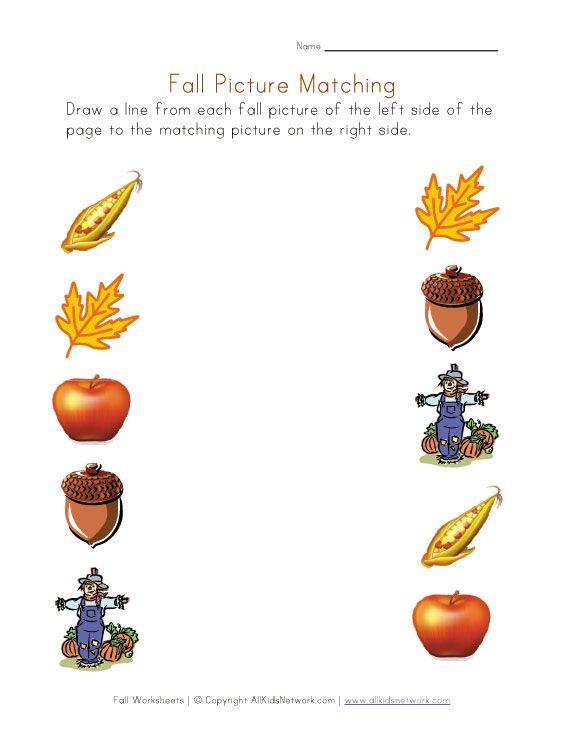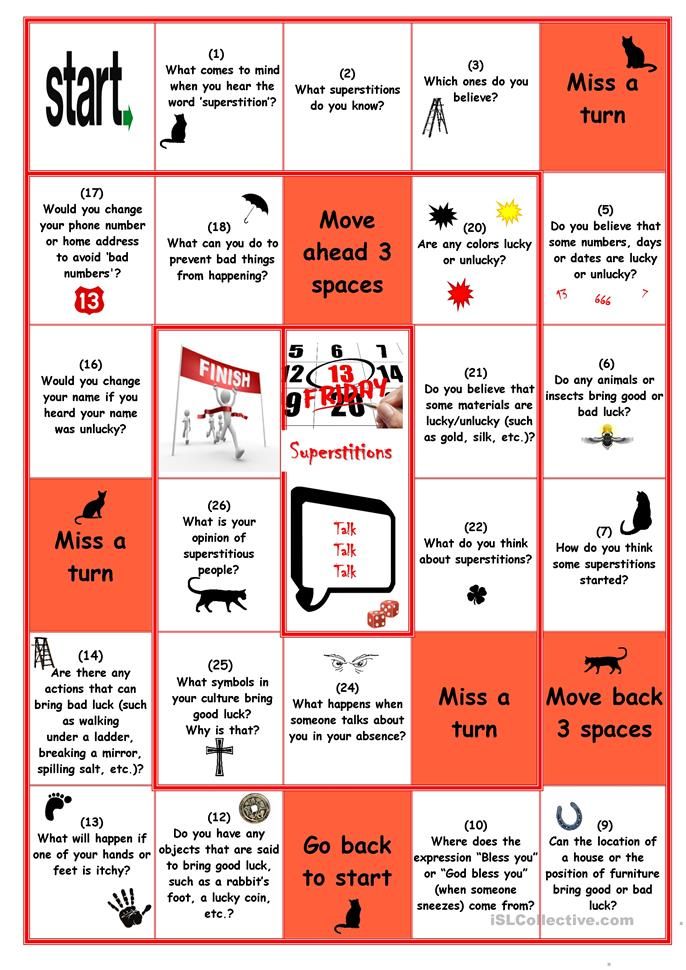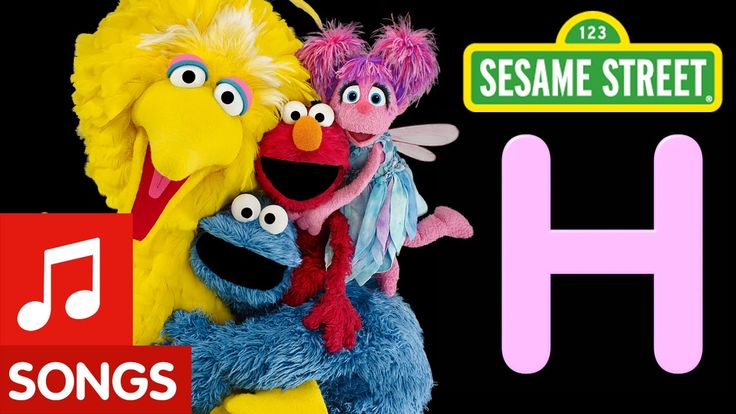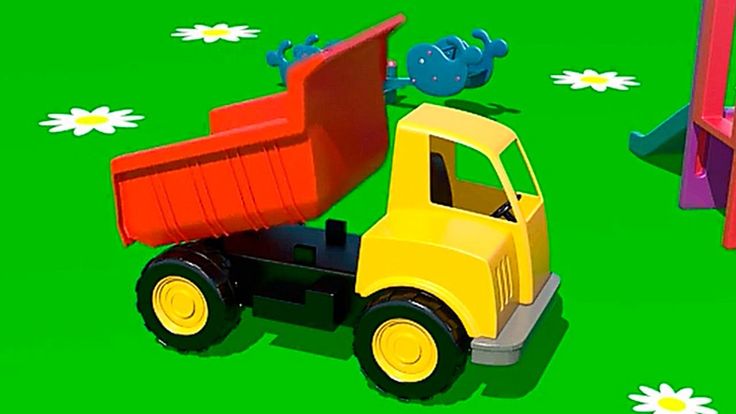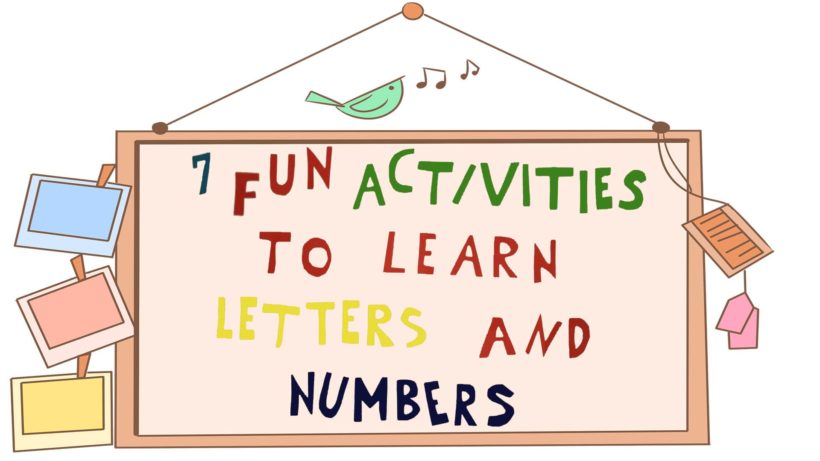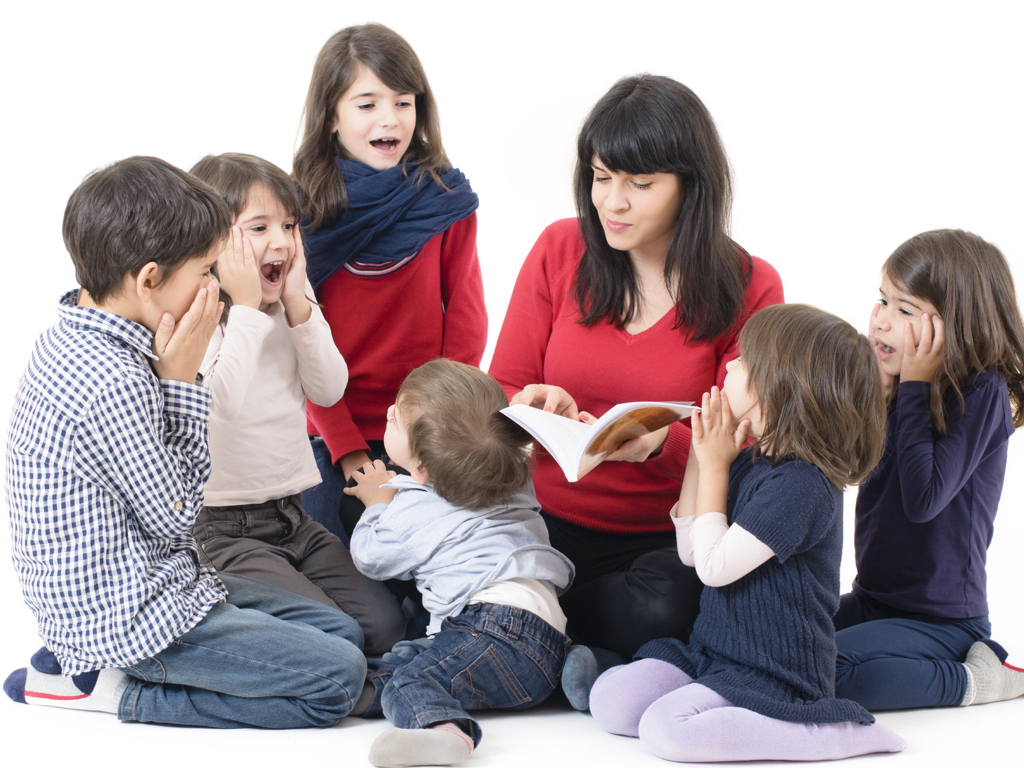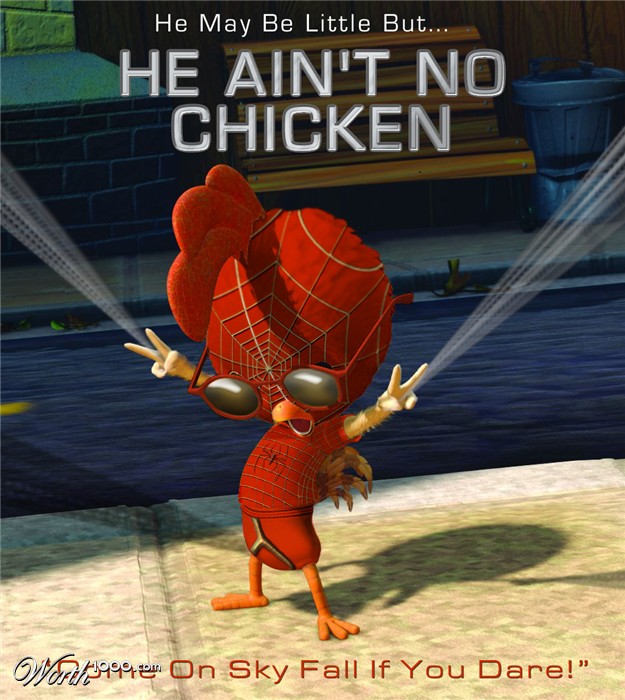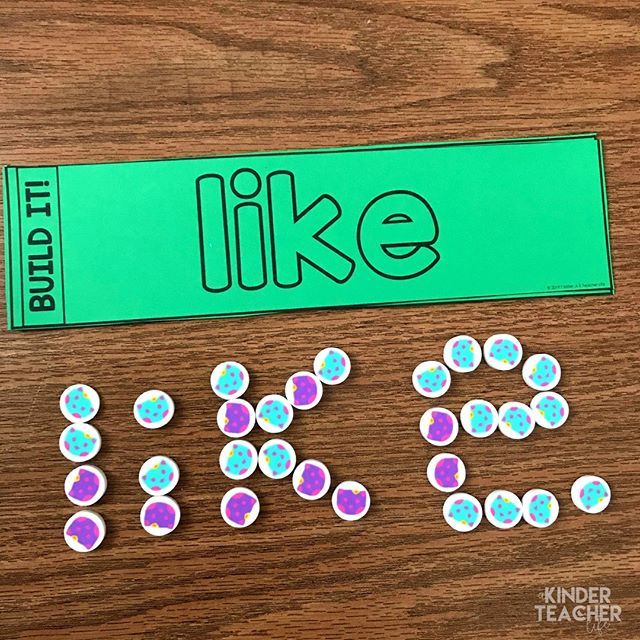Show n tell letter q
Show and Tell Ideas for Every Letter
Show and Tell Ideas for every single letter? Yes, you are in the right place! No parent wants to be scrambling around last minute helping their child look for something to bring for show and tell!
If you are the parent of a preschool child and you are wondering what exactly your child needs to know before heading to Kindergarten; I have something just for you! The Preschool Skills Checklist looks at six areas of development and provides a detailed list of skills to focus on. Join the other parents using this checklist to guide their preschooler’s learning. The checklist is totally free and looks at your whole child’s development, not just academic skills! So, what are you waiting for? Grab the Preschool Skills Checklist now and target what skills your child needs today!
Thought show and tell was a thing of the past? Think again! Show and Tell was one of my favorite parts of teaching Kindergarten. Every Friday was Show and Tell, but of course we made it educational too! Each week show and tell corresponded to the letter we were learning. Students would bring an item from home that started with that letter and then we would use the experience as part of our writing workshop lesson.
Show and Tell Tips:
- Don’t send anything valuable, irreplaceable, fragile or dangerous to school.
- Make sure your child is able to tell about the object they are bringing for show and tell.
- Plan ahead. Nothing is more stressful that running around your house at 7:10 a.m. before the bus arrives trying to find something that starts with the letter z on a whim. Remember, this is a fun activity that is meant to enhance your child’s learning!
- Involve your child. Let them choose what object they want to show and tell! They are the ones learning the alphabet after all!
Show and Tell in the Classroom
Are you a teacher planning show and tell for your classroom? Check out this post on how to use show and tell to teach phonics and this printable Alphabet Show and Tell Journal.
Show and Tell Alphabet Ideas
Now before we get started, I totally understand that a few of the Show and Tell ideas below can’t really be brought to school.
For example, under the letter Q I have the word quarterback. I know that you probably can’t track down your favorite quarterback and fit him in your child’s backpack. If you can, feel free to send Dak Prescott my way! But maybe you have a jersey of your favorite quarterback, or a trading card or picture of a quarterback, or an autograph from a quarterback…
Don’t be afraid to think outside of the box and encourage your child to be creative! There are also a lot of objects on the list that you probably have around the house in a picture, toy, or stuffed form!
Letter A Ideas
- apple
- ant
- acorn
- axil
- arch
- art
- arrow
- arm
- alligator
- armadillo
- airplane
- aluminum foil
Letter B Ideas
- bottle
- bandaid
- basket
- butterfly
- baby
- box
- boat
- bat
- bear
- bagel
- barometer
- banana
- ball
- book
- bird
- birdhouse
- block
- basketball
- baseball
- blanket
Letter C Ideas
- cup
- candle
- cat
- cinnamon
- clothespin
- crayon
- card
- cotton
- carton
- car
- collar
- cereal
- cucumber
- cabbage
- carrot
- cake
- cookie
- cupcake
- celery
- candy
- corn
- comb
- coffee
- cardinal
- camera
- crib
- composition book
- cactus
- clock
- cookbook
Letter D Ideas
- doll
- dinosaur
- domino
- dice
- dollar
- dime
- duck
- DVD
- dog
- doctor
- diaper
- Dallas
- donkey
- drum
Letter E Ideas
- elephant
- egg
- ear
- earring
- envelope
- egg carton
- eraser
Letter F Ideas
- foil
- fork
- fruit
- farm
- food
- funnel
- floss
- frame
- face
- fire
- frog
- fern
- flag
- flower
Letter G Ideas
- glasses
- game
- goat
- gorilla
- glow in the dark
- grocery bag
- grass
- garbage
- glitter
- something that is gold
- something that is green
- gum
Letter H Ideas
- hat
- horse
- heart
- hula hoop
- ham
- honey
- house
- hummus
Letter I Ideas
- index card
- inchworm
- ice
- inch
- introduction
- iris
- ice cream cone
- icing
Letter J Ideas
- Jello
- jellybeans
- jet
- jingle bells
- jeans
- juice
- jacket
- jam
Letter K Ideas
- key
- kite
- keychain
- ketchup
- keyboard
- koozie
- kangaroo
- kitten
Letter L Ideas
- lotion
- ladybug
- lion
- lollipop
- lanyard
- leaves
- lid
- licorice
Letter M Ideas
- magazine
- mouse
- monkey
- math
- mustache
- movie
- medicine
- magic
Letter N Ideas
- noodles
- numbers
- ninja
- necklace
- nut
- notepad
- note
- newspaper
- nickel
- napkin
- nurse
- nightlight
- nutcracker
- necktie
Letter O Ideas
- orange
- onion
- Oreo
- owl
- olive
- octopus
- oatmeal
- ornament
Letter P Ideas
- pine cone
- picture
- pig
- pen
- pencil
- picture frame
- popcorn
- purse
- paper clip
- ping pong ball
- penny
- peach
- pear
- play dough
- plum
- patch
- pumpkin
- pajamas
- princess
Letter Q Ideas
- quarter
- queen
- quilt
- quarterback
- Q- Tip
- question mark
Letter R Ideas
- radish
- race car
- rainbow
- remote
- rabbit
- Ranch dressing
- rice
- rubberband
- ring
- robot
- ribbon
Letter S Ideas
- shirt
- scarf
- shorts
- shoe
- sunglasses
- stickers
- Smarties
- straw
- stethoscope
- Skittles
- stem
- swimsuit
- spoon
- sign
- sprinkles
- sunflower
- snake
- sandwich
- sour cream
- Sour Patch Kids
- slime
- song
- Santa Claus
- soup
- sun
- spider
- spaghetti
- soccer ball
- school box
- school bus
- submarine
- strawberry
- spatula
Letter T Ideas
- toy
- turtle
- toothbrush
- truck
- tarter sauce
- tree
- ticket
- tricycle
- timer
- thyme
- tape
- telephone
- tea
- tomato
- T-Rex
- towel
Letter U Ideas
- umbrella
- UV Rays
- unicorn
- uncle
- unicycle
- ukulele
- undershirt
- uniform
Letter V Ideas
- vegetable
- volcano
- velvet
- vase
- vine
- vegetable
- van
- vest
- violin
- vulture
- vanilla
Letter W Ideas
- watch
- wrench
- wallet
- wood
- wings
- wagon
- watermelon
- something that is white
- wig
- wand
- witch
- water
- wash
- washcloth
- whisk
- wall paint (a paint sample card from a home improvment store)
Letter X Ideas
- X Box Game Box
- X-Ray
- xylophone
Letter Y Ideas
- yoyo
- yogurt
- young
- yoga mat
- an object that is yellow
Show and Tell Letter Z Ideas
- zoo
- zebra
- zipper
- zucchini
- zig zag
- Zinnia
- zero
- zoodles
If you have any other show and tell ideas to add, be sure to leave them in the comments! Don’t forget to print out this free Alphabet Chart to help your child learn the letters at home too!
Don’t forget to download the Preschool Skills Checklist now and target what skills your child needs starting today!
Don’t be caught off guard by show and tell again! Be sure and save these show and tell ideas for every letter of the alphabet.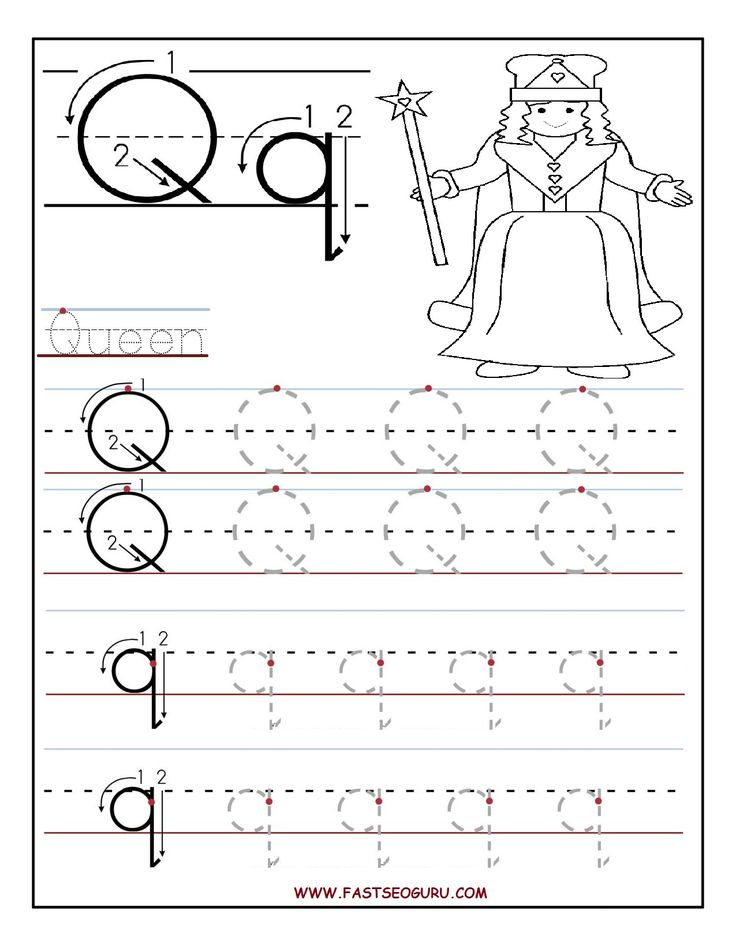
Q is For... Things That Start With Q for Preschool
by Sarah
Teaching your preschooler about the letter Q can be challenging without having a list of things that start with Q. Because it’s such a unique letter having a Q words for kids list can make homeschool planning much easier.
Another way that this list of words that start with Q for kids is helpful is if you’re trying to find ideas for a letter Q show and tell at school.
“Q is for …” activities and ideas you can use this list with
Using this letter Q word list makes planning out your homeschool letter of the week activities really easy. You can use this list in several different ways. Here are a few ideas:
- Pick up some letter Q books that feature words that start with Q for kids.
- Collect items for the letter Q to create an “I Spy” bag, bottle, or bin
- Print or purchase flashcards that feature these items that start with Q and match miniature objects to them
- Do letter Q crafts with your children that feature words that start with Q
As you can see there are some really fun ways that you can utilize this letter Q word list.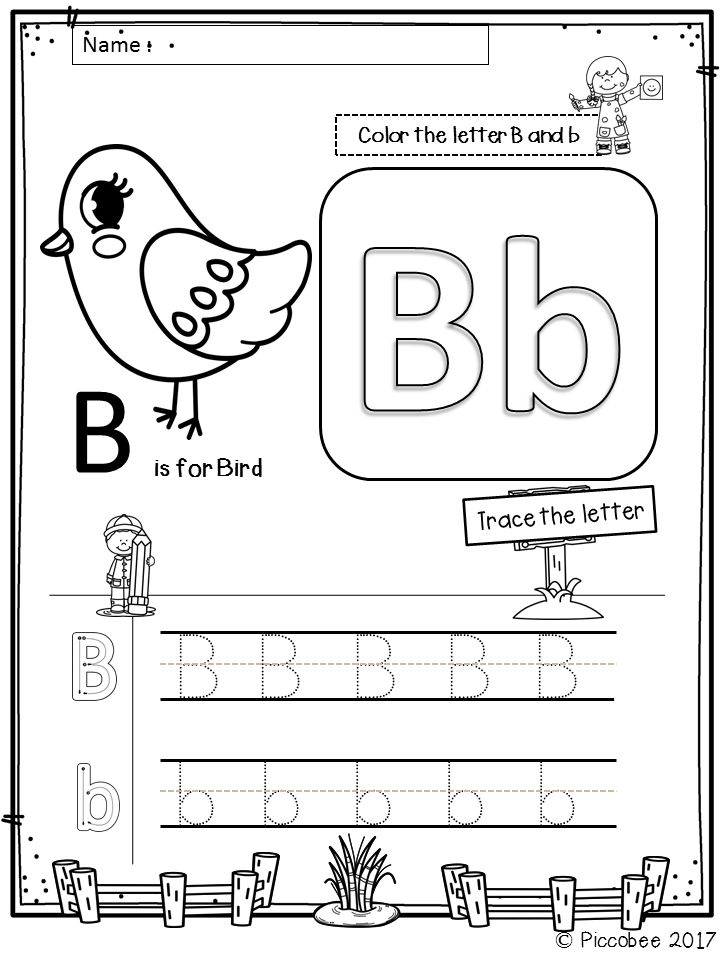 These are just a few ideas for how to create educational “Q is for…” activities to do with your preschooler.
These are just a few ideas for how to create educational “Q is for…” activities to do with your preschooler.
Words That Start With Q for Kids
So now that you have some cool idea on how to use this list of Q words for kids, let’s get to the list. First you’ll find the Q words sorted alphabetically, then below that I’ve also organized the letter Q word list by category.
At the very bottom of this post you can also download the free printable list of things that start with Q that you can print and stick into your homeschool planner for easy reference as you plan out your homeschool.
- Quack
- Quad Bike
- Quadcopter
- Quaker
- Quail
- Quart
- Quarter
- Quartz
- Quebec
- Queen
- Quesadilla
- Question
- Question Mark
- Quetzal
- Quiche
- Quicksand
- Quiet
- Quiet Book
- Quilt
- Quilted Jacket
- Quinoa
- Quit
- Quiver (for arrows)
- Quiver (verb)
- Quiz
- Quote
Animals That Start With Q
- Quail
- Quetzal
Clothes That Start With Q
- Quilted Jacket
Food That Starts With Q
- Quesadilla
- Quiche
People That Start With Q
- Quaker
- Queen
Places That Start With Q
- Quebec
Toys That Start With Q
- Quiet Book
Transportation That Starts With Q
- Quad Bike
- Quadcopter
Verbs That Start With Q
- Quack
- Question
- Quiver (verb)
Other Q Words for Kids
- Quart
- Quarter
- Quartz
- Question Mark
- Quicksand
- Quiet
- Quilt
- Quinoa
- Quit
- Quiver (for arrows)
- Quiz
- Quote
Things That Start With Q Free Printable (Editable PDF)
I hope you’ve found this list of things that start with Q helpful! If you’d like to more easily reference back to it, then you can download the editable PDF list below. Within that you can add, edit, and delete words to customize the list for your needs.
Within that you can add, edit, and delete words to customize the list for your needs.
Print it out and place it into your homeschool planner so you can easily reference to it as you’re planning your homeschool letter Q week.
Did I miss any other words that start with Q for kids to learn? Drop a comment below with any other words you can think of. Also be sure to share how you’re using this letter Q list in your homeschool planning!
Filed Under: Alphabet, Phonics, Reading, Spelling Tagged With: Letter Q, Word Lists
Affiliate links may be use throughout this post. This means that, at no additional cost to you, if you click through and make a purchase, I may receive a commission for referring you. We are also a participant in the Amazon Services LLC Associates Program, an affiliate advertising program designed to provide a means for us to earn fees by linking to Amazon.com and affiliated sites. Thank you for supporting this blog and my family in this way! God bless!
Alphabetical list of cities in Russia
On this page you will find a list of cities in the Russian Federation.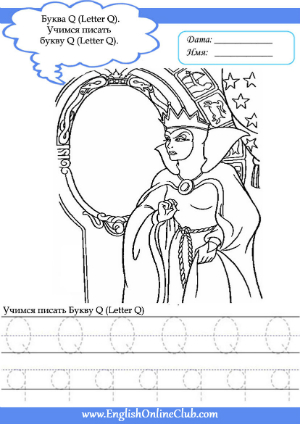 For ease of viewing, the list of cities in Russia is sorted alphabetically, starting with the letter and .
For ease of viewing, the list of cities in Russia is sorted alphabetically, starting with the letter and .
All cities of the Russian Federation are listed in alphabetical order with an indication of the region, republic or territory where the specified settlement is located.
A • B • C • D • E • F • G • G • I • J • K • L • M • N • O • P • R • S • T • U • F • X • C • W • W • W • E • Yu • Z
Russian cities beginning with letter a
The list contains cities beginning with a, located on the territory of the Russian Federation. The data of cities with the letter a are indicated on the map with a serial number indicated in the list.
- Abakan
- Azov
- Aleksandrov
- Aleksin
- Almetyevsk
- Anapa
- Angarsk
- Anzhero-Sudzhensk
- Apatity
- Arzamas
- Armavir
- Arseniev
- Artem
- Arkhangelsk
- Asbestos
- Astrakhan
- Achinsk
- Balakovo
- Balakhna
- Balashikha
- Balashov
- Barnaul
- Bataysk
- Belgorod
- Belebey
- Belovo
- Belogorsk (Amur region)
- Beloretsk
- Belorechensk
- Berdsk
- Berezniki
- Berezovsky (Sverdlovsk region)
- Biysk
- Birobidzhan
- Blagoveshchensk (Amur Region)
- Bor
- Borisoglebsk
- Borovichi
- Bratsk
- Bryansk
- Bugulma
- Budennovsk
- Buzuluk
- Buynaksk
- Velikiye Luki
- Veliky Novgorod
- Upper Pyshma
- Vidnoe
- Vladivostok
- Vladikavkaz
- Vladimir
- Volgograd
- Volgodonsk
- Volzhsk
- Volzhsky
- Vologda
- Volsk
- Vorkuta
- Voronezh
- Voskresensk
- Votkinsk
- Vsevolozhsk
- Vyborg
- Vyksa
- Vyazma
- Gatchina
- Gelendzhik
- Georgievsk
- Glazov
- Gorno-Altaysk
- Grozny
- Gubkin
- Gudermes
- Gukovo
- Gus-Khrustalny
- Derbent
- Dzerzhinsk
- Dimitrovgrad
- Dmitrov
- Dolgoprudny
- Domodedovo
- Donskoy
- Dubna
- Evpatoria
- Egorievsk
- Yeysk
- Yekaterinburg
- Elabuga
- Yelets
- Essentuki
- Zheleznogorsk (Krasnoyarsk Territory)
- Zheleznogorsk (Kursk region)
- Zhigulevsk
- Zhukovsky
- Zarechny
- Zelenogorsk
- Zelenodolsk
- Zlatoust
- Ivanovo
- Ivanteevka
- Izhevsk
- Izberbash
- Irkutsk
- Iskitim
- Ishim
- Ishimbay
- Yoshkar-Ola
- Kazan
- Kaliningrad
- Kaluga
- Kamensk-Uralsky
- Kamensk-Shakhtinsky
- Kamyshin
- Kansk
- Kaspiysk
- Kemerovo
- Kerch
- Kineshma
- Kirishi
- Kirov (Kirov region)
- Kirovo-Chepetsk
- Kiselevsk
- Kislovodsk
- Wedge
- Klintsy
- Carpet
- Kogalym
- Kolomna
- Komsomolsk-on-Amur
- Kopeysk
- Korolev
- Kostroma
- Kotlas
- Krasnogorsk
- Krasnodar
- Krasnokamensk
- Krasnokamsk
- Krasnoturinsk
- Krasnoyarsk
- Kropotkin
- Krymsk
- Kstovo
- Kuznetsk
- Kumertau
- Kungur
- Kurgan
- Kursk
- Kyzyl
- Labinsk
- Leninogorsk
- Leninsk-Kuznetsky
- Lesosibirsk
- Lipetsk
- Liski
- Lobnya
- Lysva
- Lytkarino
- Lyubertsy
- Magadan
- Magnitogorsk
- Maykop
- Makhachkala
- Mezhdurechensk
- Meleuz
- Miass
- Mineralnye Vody
- Minusinsk
- Mikhailovka
- Mikhailovsk (Stavropol Territory)
- Michurinsk
- Moscow
- Murmansk
- Murom
- Mytishchi
- Naberezhnye Chelny
- Nazarovo
- Nazran
- Nalchik
- Naro-Fominsk
- Nakhodka
- Nevinnomyssk
- Neryungri
- Neftekamsk
- Nefteyugansk
- Nizhnevartovsk
- Nizhnekamsk
- Nizhny Novgorod
- Nizhny Tagil
- Novoaltaysk
- Novokuznetsk
- Novokuibyshevsk
- Novomoskovsk
- Novorossiysk
- Novosibirsk
- Novotroitsk
- Novouralsk
- Novocheboksarsk
- Novocherkassk
- Novoshakhtinsk
- Novy Urengoy
- Noginsk
- Norilsk
- Noyabrsk
- Nyagan
- Obninsk
- Odintsovo
- Ozersk (Chelyabinsk region)
- October
- Omsk
- Eagle
- Orenburg
- Orekhovo-Zuevo
- Orsk
- Pavlovo
- Pavlovsky Posad
- Penza
- Pervouralsk
- Perm
- Petrozavodsk
- Petropavlovsk-Kamchatsky
- Podolsk
- Polevskoy
- Prokopyevsk
- Cool
- Pskov
- Pushkino
- Pyatigorsk
- Ramenskoye
- Revda
- Reutov
- Rzhev
- Roslavl
- Rossosh
- Rostov-on-Don
- Rubtsovsk
- Rybinsk
- Ryazan
- Salavat
- Salsk
- Samara
- St.
 Petersburg
Petersburg - Saransk
- Sarapul
- Saratov
- Sarov
- Free
- Sevastopol
- Severodvinsk
- Seversk
- Sergiev Posad
- Serov
- Serpukhov
- Sertolovo
- Sibay
- Simferopol
- Slavyansk-on-Kuban
- Smolensk
- Solikamsk
- Solnechnogorsk
- Sosnovy Bor
- Sochi
- Stavropol
- Stary Oskol
- Sterlitamak
- Stupino
- Surgut
- Syzran
- Syktyvkar
- Taganrog
- Tambov
- Tver
- Timashevsk
- Tikhvin
- Tikhoretsk
- Tobolsk
- Tolyatti
- Tomsk
- Troitsk
- Tuapse
- Tuimazy
- Tula
- Tyumen
- Nodal
- Ulan-Ude
- Ulyanovsk
- Urus-Martan
- Usolie-Sibirskoe
- Ussuriysk
- Ust-Ilimsk
- Ufa
- Ukhta
- Feodosia
- Fryazino
- Khabarovsk
- Khanty-Mansiysk
- Khasavyurt
- Khimki
- Tchaikovsky
- Chapaevsk
- Cheboksary
- Chelyabinsk
- Cheremkhovo
- Cherepovets
- Cherkessk
- Chernogorsk
- Chekhov
- Chistopol
- Chita
- Shadrinsk
- Shawls
- Mines
- Shuya
- Shchekino
- Shchelkovo
- Elektrostal
- Elista
- Engels
- Yuzhno-Sakhalinsk
- Yurga
- Yakutsk
- Yalta
- Yaroslavl
The above list may not be complete and may contain some inaccuracies.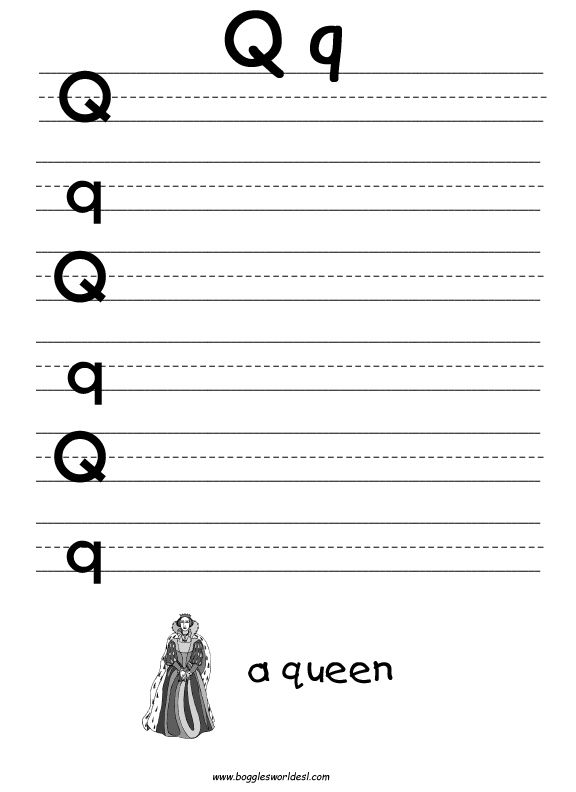 If you notice spelling errors, please report this to the site administration.
If you notice spelling errors, please report this to the site administration.
On our site you will find the cities of Russia, laid out in alphabetical order. All data indicated on the site is freely distributed on the network and has open access, the settlements of Russia are sorted by letters. We have convenient site navigation functions and it will not be difficult for you to find exactly the locality you are looking for. Also on the site there are city maps with a description under the city number in the list located on the left, information about their location on the territory of the Russian Federation and a lot of useful information about all Russian cities.
Slideshow of Russian cities-2010.
A small amateur slideshow of photographs and images of Russian cities.
The criteria for dividing the cities of the Russian Federation by population are as follows: small towns - up to 50 thousand inhabitants; medium-sized cities - up to 100 thousand inhabitants; large cities - from 100 thousand inhabitants; large cities - from 250 thousand inhabitants; the largest cities - from 500 thousand to 1 million inhabitants; millionaire cities - more than 1,000,000 inhabitants.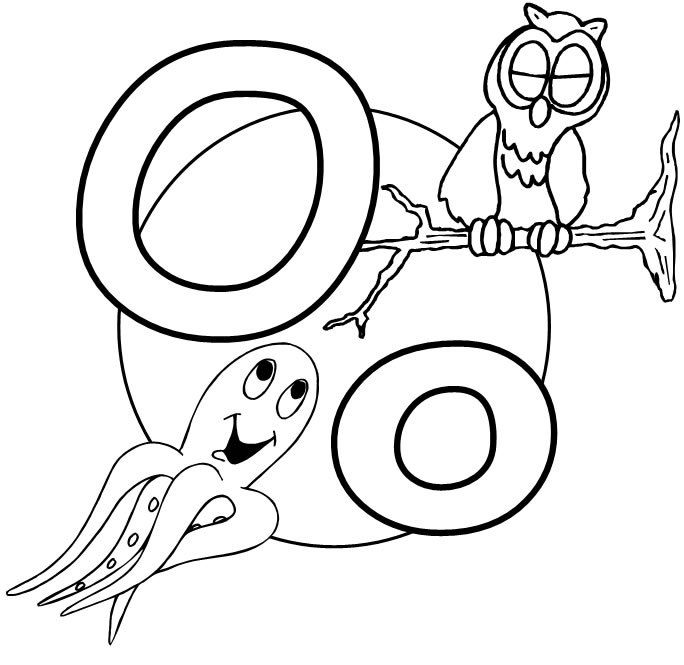
Polish alphabet for beginners
Contents:
- About the Author
- Recent Publications
Katerina Luk'yanova
Hello. My name is Ekaterina Lukyanova, I am the author of the Polish language blog ProPolski.com and the website about Poland insidePL.com. I live in Poland. When I am free from my main job, I devote all my time to ProPolski.com and insidePL.com.
Katerina Luk'yanova recently posted (view all)
Last updated February 27, 2022
It seems to me, or should all languages be taught from the alphabet? Of course, you can just by ear, repeat phrases and words after native speakers, but this definitely needs an environment and more time. I propose a faster and not necessarily medium-needed way - the Polish alphabet for beginners and even with transcription!
Read also: Read in Polish? Easy peasy!
There is a huge amount of material on the net about the Polish alphabet for beginners, this is probably the best described and told topic. But in almost any explanation, I was always missing something. So today is the time for the alphabet in ProPolski's explanation. 🙂 I'll try to tell you everything I know. 🙂
But in almost any explanation, I was always missing something. So today is the time for the alphabet in ProPolski's explanation. 🙂 I'll try to tell you everything I know. 🙂
Polish alphabet
Źródło: https://mumme.pl/produkt/plansze-alfabet-pelny-i-dwuznaki-z-komentarzem-dydaktycznym/?v=9b7d173b068dThe Polish alphabet has 32 letters available: a, ą, b, c, ć, d, e, ę, f, g, h, i, j, k, l, ł, m, n, ń, o , ó, p, r, s, ś, t, u, w, y, z, ź, ż . And some more letter combinations: sz, cz, rz, ch, dz, dż, dź .
The Polish alphabet lacks the letters Q, V and X , but that doesn't mean you won't find them. They can come across in words of foreign (non-Polish) origin, most often in proper names. For example, V is constantly found in our first and last names in passports. Or borrowed words like taxi (this is the colloquial form of Polish taksówka), video (there is also wideo, both forms are correct), quiz, etc.

Regarding transcription: I am its ardent opponent. 🙂 Wait a minute throwing slippers. Why transcription is needed in English - I understand that. Indeed, there the letter “a” can be read in several different ways, depending on the position in the word, closed or open syllable, letter combinations, diphthongs, and who knows what else (philologists let them correct). 😉 Polish doesn't have all that. I see "a" - I read [a]. I see "o" - I read [o]. Etc :). Do you know why? Because the Polish language is a mixture of the Latin alphabet and the Slavic language! Roughly speaking, Slavic (our) sounds are described in Latin letters. There are some simplifications of sounds, they are all practically “ours” - for example, when a voiceless consonant deafens the voiced one following it, and the like.
If you are learning Polish from a philological point of view, you may not like my explanation, as there are indeed nuances of simplification and distortion of sounds depending on many factors.
But not for philologists, they can be neglected for the time being.
That is why transcription (as it seems to me) is simply not needed here. But since there is a constant demand for it, I will still add it to the alphabet plate, but I will continue to show how to manage without this transcription. I will give only where I would like to read out loud, but so far there is no such possibility.
Start with a general simplified table, all comments after it.
Polish alphabet for beginners, with transcription
| Polish letter name | Russian letter name | Trans. in Russian | Examples | How to read Russian. | Yak chitati Ukrainian. | ||||||||||||||||||||||||||||||||||||
| A | a | /a/ | /a/ | [a] Transcription to the Polish alphabet (claims) I specifically wrote that the transcription is approximate, because it is so. The letter Ł added two transcriptions due to the complete absence of this sound in the Russian and Ukrainian alphabets. But it is in Belarusian! Oh - it's her! Belarusians (again in Belarusian), you are great! Indeed, in 2003, in honor of the letter ў (“u is short”, “u is not syllabic” in Belarusian - “u is not syllabic”) a monument was erected in the city of Polotsk! But for me, as a non-speaking Belarusian, English [w] is close. You just need to pronounce it correctly! (Watson is not Watson, but Watson! 🙂 ) But over time, I got used to the Belarusian [ў], and now I use it if I do transcription somewhere. Therefore, in the plate - it is with her. For me, if I really have to, it is much more convenient to additionally use Ukrainian characters for transcriptions: for example, źle - [zhlє], imię - [imє], będzie - [banjє], it seems more visible, stronger. Why do we need the names of Polish lettersAnd they are needed, believe me. Come do przychodni (to the polyclinic). And there you are met by a very ambitious young lady, who is sure that she will write your name and surname without peeping into your document. And it starts: Katharina? Catherine? Spell it! Or, for example, you definitely need to know the name of the letter V - [fau], since we have a lot of it in the transliteration of our names and surnames. Lukianova, at least. I can count on the fingers of one hand the Poles who correctly wrote off my last name from the documents. For the most part, they write Lukianowa. And I know that I have to keep an eye on this and yell at the right time: “Przez V!” — [wow!] In addition to the first and last name, you may need the names of the letters when talking about the university buildings (a, be, tse, de, ef, ge), about the route number (en, ka buses), when just something to someone will have to dictate (you never know).
Why do some letters of the Polish alphabet have several namesI added several names to some letters. This was also motivated by the Poles. 🙂 Did you notice that there are two sounds [y] in the Polish alphabet? They need to be somehow distinguished when we talk about this or that letter ( u or ó ). You can talk [u] and [about kreskovane], or you can - as the Poles often say - [u otvarte] and [u zaknente], that is, open and closed [u]. As for me, it is more logical and easier. These letter names are worth noting. wuvuvu/.google.com. But with wi-fi it doesn’t work like that - in Polish wi-fi is read / wi-fi /. 🙂j is /yot/, forget about /jay/ at all. It is the same with g - /ge/ ge/. And from y - /game/. You need to know the names of the letters 🙂 Large and small letters of the Polish alphabet All letters except ą, ę, ń may also be needed in their capital form. EmphasisHighlighted in red. And I won’t mention it here anymore, since I have already written a whole article about stress in Polish. I continue to analyze the alphabet of the Polish language
L, ŁAs for the letters L and Ł :
Watch this video about the letters ł l, there are many examples. The letter iThe letter i is, of course, [and]. But not only. It remains a sound [and] in all cases when it is followed by either a consonant, or when it itself is at the beginning or end of a word: igła [igўa], nogi [legs], plik [plik]. And if after i there is a vowel, then it becomes something like our soft sign, only not short, but long, such a softening element. And, like our soft sign, in such a situation we0003 i are not subtractable. If you are a beginner, then you can ignore the nuances and start reading as if i softens the previous consonant, but does not read itself: piosenka [dog], wiatr [vyatr], biały [byaўy], wiadro [wyadro], pióro [puro]. And if you are continuing, then you can take into account some phonetic nuances, namely, the easy pronunciation of [th] in biały [byaўy]. And also miasto [myasto], fiasko [fiasco], wiadro [vyadro] and many other words where i is after t, d, p, b, m, f, w, l, r, dż, h (ch), cz, sz, ż (rz) and BEFORE a vowel. But from my experience, you can start with just soft reading, and this hard reading will come with time, you just start hearing it at some point. But it is not necessary to follow my experience 🙂 soft hissing -ź, ś, ech, ść, dź
These letters do not have direct correspondences in Russian (the letter ć is closest to “h”, since it is soft in Russian). In addition, , if you are confused by this equal sign =zi, etc., then I’ll explain now. You read about the letter i and its magical emollient properties just above, didn't you? He really softens everything around . And the letters s, z, c, dz too. Only she will soften them with hissing , so that “zi” is the same hissing soft sound as “ź”, only longer. I know that everyone loves tablets, I love them too, so let me create another tablet with all possible combinations with the vowels of these letters.
|

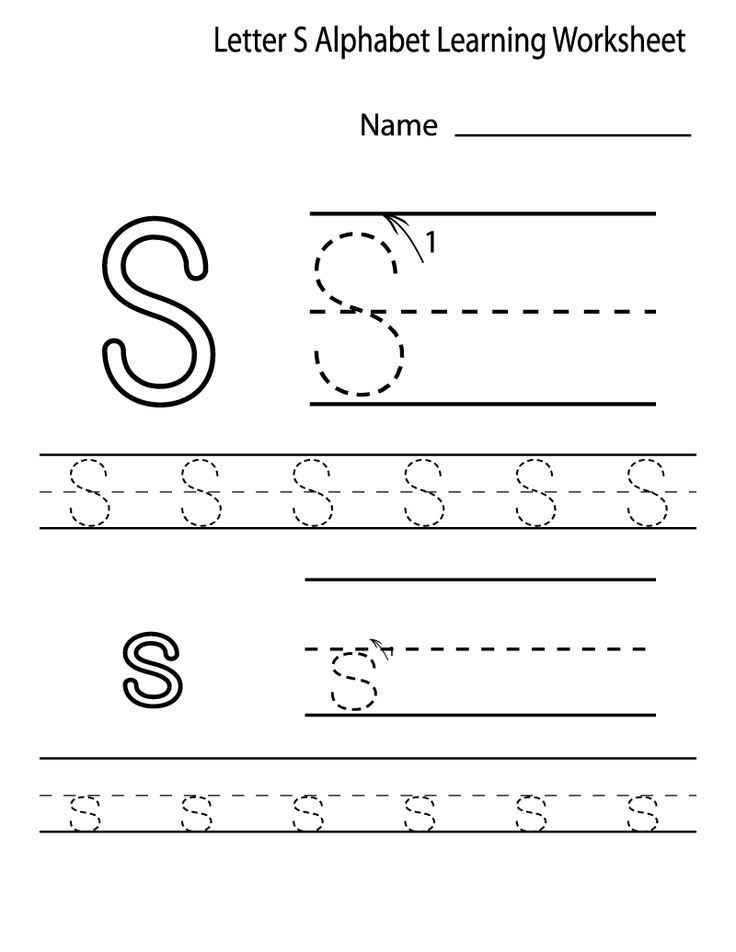 The same [ch] is not our ch, or ą ę have no analogues at all. But most of the letters still have a "Slavic" pronunciation, which means they are very close or almost identical to Russian (Ukrainian, Belarusian) sounds.
The same [ch] is not our ch, or ą ę have no analogues at all. But most of the letters still have a "Slavic" pronunciation, which means they are very close or almost identical to Russian (Ukrainian, Belarusian) sounds. 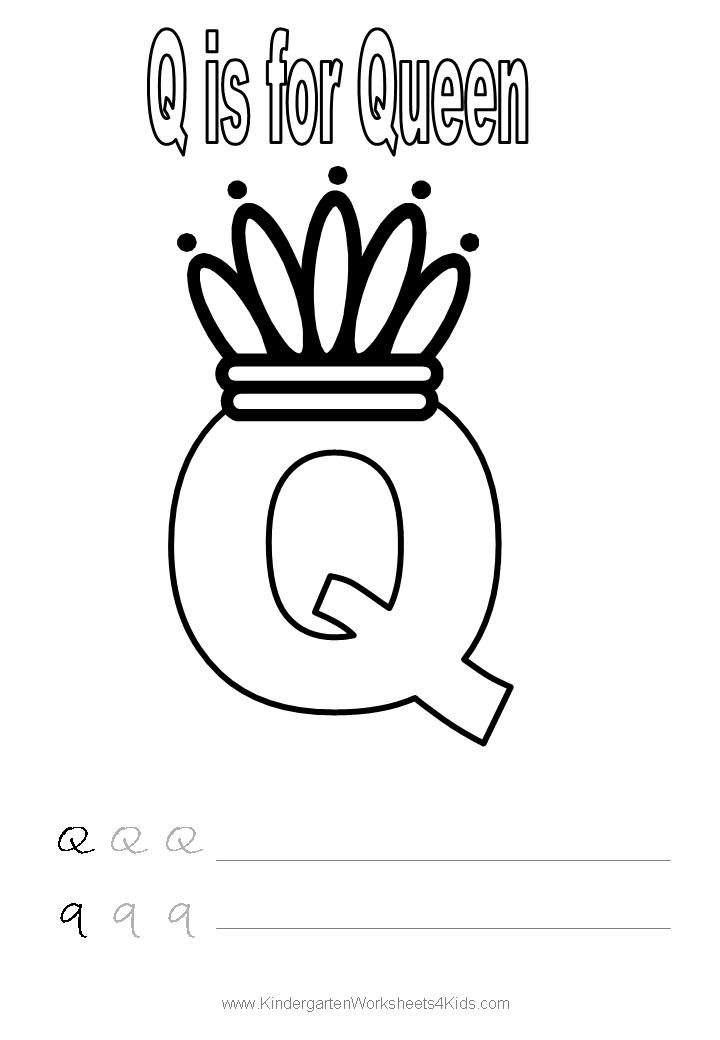

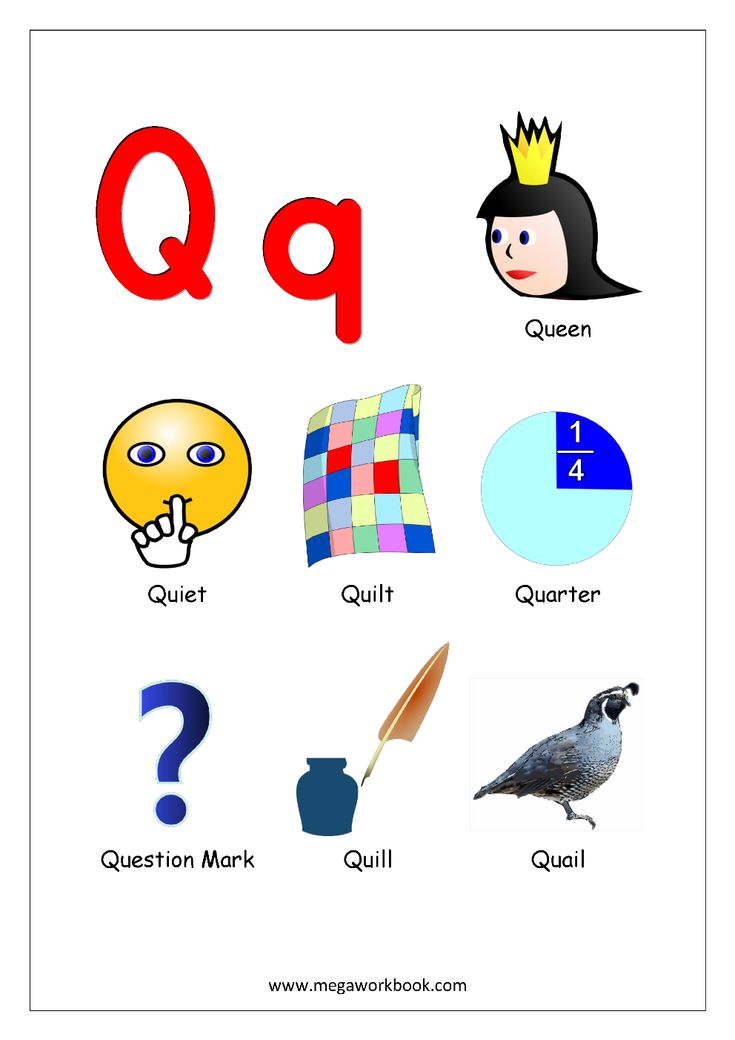 Not a single word begins with ą, ę, ń.
Not a single word begins with ą, ę, ń. 
 Who is from Belarus (this is in Belarusian) - that sound [Ў] . Whoever is neither English nor Belarusian - the mechanism of pronunciation of a letter does not involve either teeth, or tongue, or palate. Lips in a "hard-sluggish tube" + sound. The tongue does not participate, does not touch the palate! The teeth do not hit the lips (so as not to accidentally move into [v/f].
Who is from Belarus (this is in Belarusian) - that sound [Ў] . Whoever is neither English nor Belarusian - the mechanism of pronunciation of a letter does not involve either teeth, or tongue, or palate. Lips in a "hard-sluggish tube" + sound. The tongue does not participate, does not touch the palate! The teeth do not hit the lips (so as not to accidentally move into [v/f]. 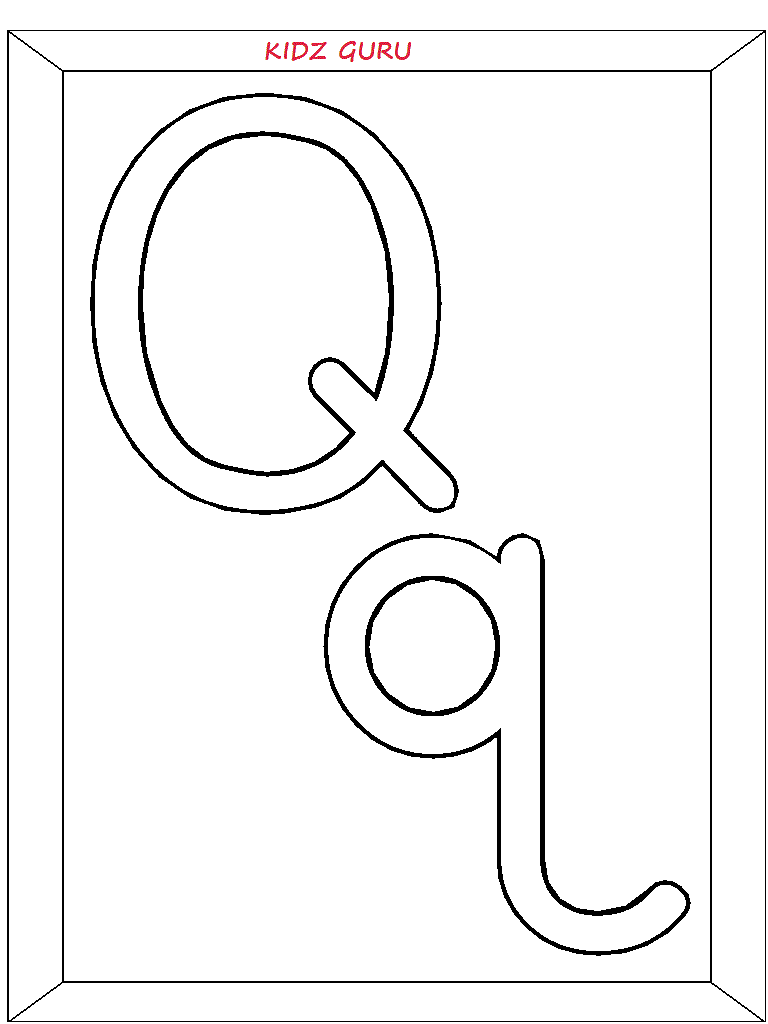
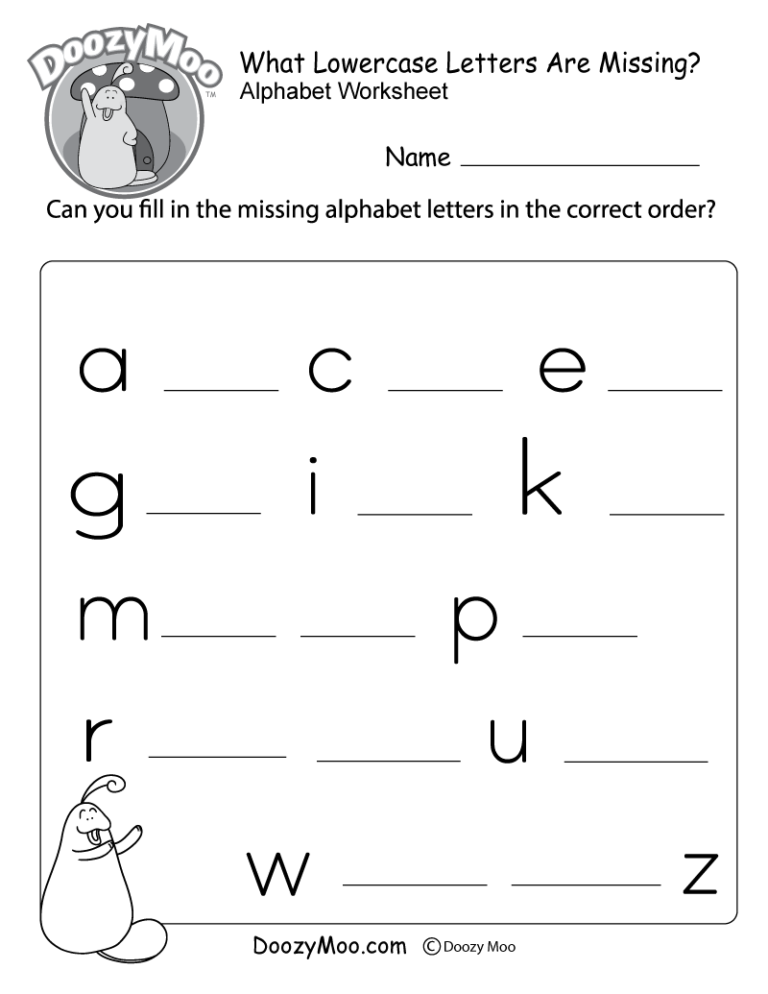 The rest - soften on the verge of a foul . In the sense that we pronounce the sound [zh] in the same place as we would say the sound [з], only buzz at the same time. And [sh] we pronounce with the same position of the mouth as with [sh], but only we hiss at the same time. It turns out such “smiling” ź [zh], ś [sch], ć [ch], dź [j], well, ść [shch] are two sounds that are articulated.
The rest - soften on the verge of a foul . In the sense that we pronounce the sound [zh] in the same place as we would say the sound [з], only buzz at the same time. And [sh] we pronounce with the same position of the mouth as with [sh], but only we hiss at the same time. It turns out such “smiling” ź [zh], ś [sch], ć [ch], dź [j], well, ść [shch] are two sounds that are articulated. 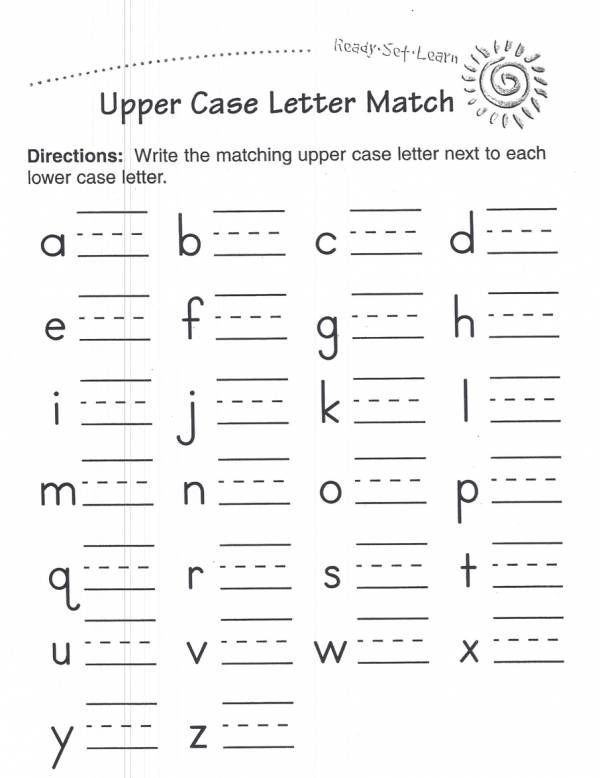
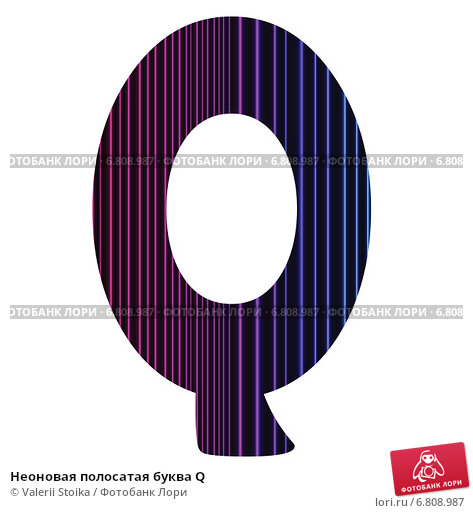
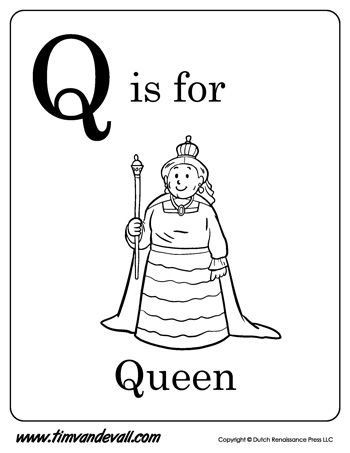 That is, if we hear a hard sound, then it will be rzy, szy, czy , if we hear a soft one, then already zi, si, ci .
That is, if we hear a hard sound, then it will be rzy, szy, czy , if we hear a soft one, then already zi, si, ci . 